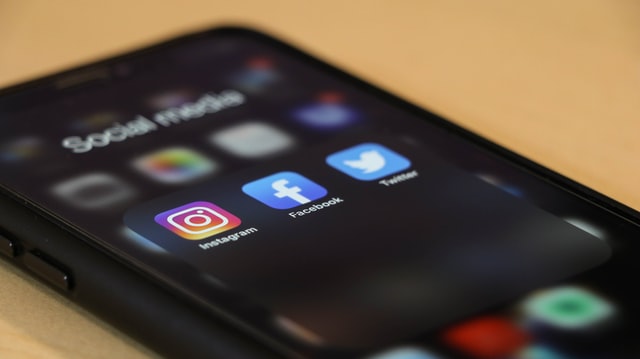Someone somewhere in some boardroom thought it would be a good advertising strategy to have their brand tweet like a sixteen-year-old, and it ruins my day every time I see it.
The reason behind my disdain is dual-pronged: scrolling the timeline to see Coca-Cola tweeting about how much they stan BTS is cringe-inducing and such strategies are insidious and manipulative.
By brands harnessing what they believe to be an authentic ‘youth culture’ and replicating it to sell their product via social media, they climb into our consciousness and lives in a much more intimate way than they would through a billboard or a thirty second ad on Channel 4. Advertising is required to be upfront, direct and persuasive; having brands create a persona online and tweet like they are a real person is, then, weird.
Although it seems like they are being charmingly post-modern, the logic behind this strategy is as market-driven as any ad has ever been: ‘if our advertising interns tweet like what we believe real teenagers to tweet like, teenagers will buy our product!’. What’s worse than the cringe tweets and the veil of authenticity is the fact people actually engage with it. I assure you, Lynx tweeting this:
Is essentially no different from a tweet saying ‘BUY LYNX’, just more embarrassing.
I get the sense Mad Men would be a very different show if it was graduates sitting in an office furiously drafting tweets such as this:
The funny side is that Warburtons is tweeting like your little sister, the funnier side is that many brands are using the current climate of ‘wokeness’ and social responsibility to peddle their product.
If anyone has ever despaired over the faltering state of modern democracy over the past few years, there’s no point. Dark Fruits are rallying the bucket hat-wearers to save it. At the height of the BLM protests, many brands took to show their support and denounce racism. This, of course, followed tweets about how chicken nuggets or cookies give them ‘all the feels’. The juxtaposition is funny, but also something that comes out of a capitalist dystopia.
The funniest and most reprehensible side to this type of social media advertising is that it forgets the reality of what a multi-national corporation is. When scrolling Nesquik’s Twitter, you’ll see tweets such as “did u add chocolate milk to your cereal or are u normal”. This cutesy, quirky persona presented by their Tweets doesn’t, funnily enough, seem to fit with Nestle’s responsibility for infant malnutrition. In the 1970s, Nestle discouraged breastfeeding and promoted the use of their bottle-feeding formula in poor communities, resulting in widespread child illness and death. During that time they also performed cutesy, quirky gimmicks such as having sales reps dress up as nurses. Now, I’m not claiming that the tweets of Nestle-owned brands are as abhorrent as the breast milk scandal, but swap nurse outfit for ‘internet kid’ outfit and infanticide for manipulation and you see the same old hack.
When Amazon tweets polls about ‘the most supreme Shrek movie’, it feels slightly odd that their employees have pay reductions for using the toilet (allegedly, allegedly). The irony of Coca-Cola tweeting “Delivery update: your virtual hug has arrived” when they threaten drought in Indian villages by overuse of groundwater supplies is hard to ignore. I don’t know this for certain but I’m sure the communities Coca-Cola has ruined would prefer water to a ‘virtual hug’.
More and more brands are employing this cringeworthy and manipulative marketing strategy. Sadly, the prospect of the Conservative Party tweeting at Keir Starmer, calling him ‘a Karen’ or tweeting that the COVID vaccine is ‘lit fam’ doesn’t seem entirely impossible.
So, as ever, consumers must negotiate the good and evil of multi-national corporations. While brands tweet they’re doing “hot girl shit” involving their product, we’re forced to wonder whether they’re hinting at their practices of exploitation or destruction. It’s a funny, little game they play!
Sinead O’Riordan
Images taken by author.
Featured Image Source: Unsplash

